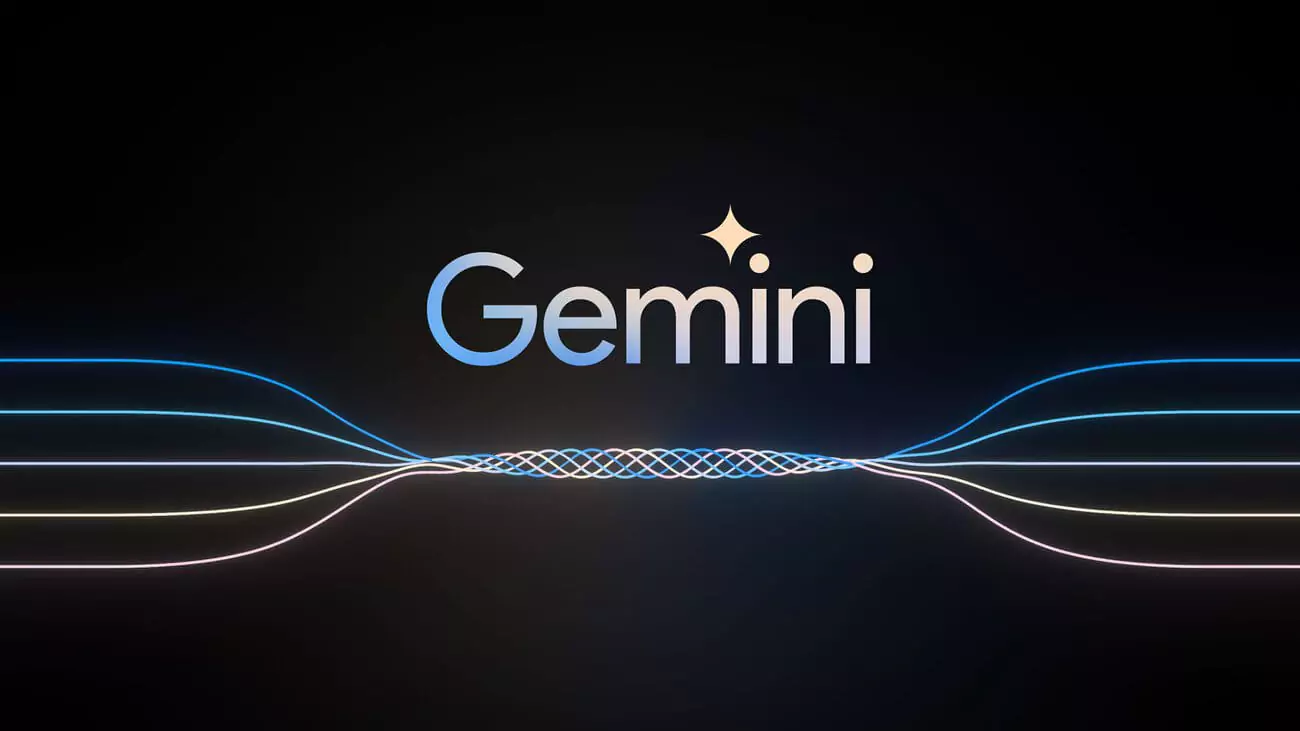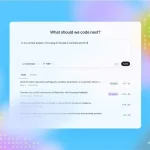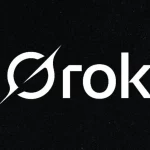May 2, 2025 – Google is set to expand access to its Gemini AI chatbot for children under 13, integrating the tool with Family Link to provide a controlled environment for young users starting next week. This rollout aims to leverage AI for educational purposes, offering kids a platform for interactive learning and creativity, but it comes with technical safeguards and warnings about its limitations. As AI tools become more prevalent in the edtech sector, Google’s move to introduce Gemini to a younger demographic highlights both the potential and the challenges of deploying AI in sensitive user contexts.
The Gemini AI chatbot will be accessible to children under 13 through parent-managed Google accounts via Family Link, a service that enables parents to oversee their child’s digital activities. Google notified families via email, explaining that kids can use Gemini for tasks like homework assistance, answering questions, and storytelling, with responses tailored to be age-appropriate. From a technical perspective, Gemini employs specific guardrails for younger users, including content filtering to block unsafe responses and restrictions on sensitive topics like violence or explicit content. Google has also committed to not using children’s data to train its AI models, a critical privacy measure that sets this deployment apart from adult interactions with the chatbot.
Despite these safeguards, Google has issued three key warnings: the AI may generate inaccurate information due to its experimental nature, responses might not always be perfectly age-appropriate despite filters, and parental supervision is strongly recommended. A TechCrunch article noted that this rollout reflects a growing trend among tech companies to target younger audiences with AI, following the widespread adoption of chatbots by teenagers for educational purposes. For instance, a child might ask Gemini to explain photosynthesis in simple terms or create a story about space exploration, receiving a response processed through a specialized AI pipeline designed to simplify language and ensure safety.
Technical Implementation and Safeguards
Here’s a breakdown of Gemini’s setup for kids:
- Integration with Family Link: Access restricted to parent-managed accounts with oversight tools.
- Content Filtering: AI-driven filters to block inappropriate responses and sensitive topics.
- Privacy Protection: Children’s data excluded from AI training datasets.
- Warnings: Potential inaccuracies, age-appropriateness risks, and need for parental monitoring.
From a technical standpoint, Gemini’s deployment for children under 13 showcases Google’s advancements in AI safety and natural language processing (NLP). The chatbot uses a modified version of the Gemini model, fine-tuned to prioritize simplicity and safety in its responses. This involves additional layers of NLP filtering to detect and block potentially harmful content, such as inappropriate language or topics, before delivering a response. It was reported that Google has implemented on-device processing for certain interactions to enhance privacy, reducing the need to send sensitive data to the cloud, while more complex queries are handled server-side with encrypted transmission. These measures aim to create a secure environment for young users, though the experimental nature of AI means that errors, such as factual inaccuracies or unexpected responses, can still occur.
The implications for the edtech sector are significant. Gemini’s introduction to younger users could accelerate the adoption of AI in educational settings, offering a tool that supports personalized learning—such as generating tailored explanations or creative prompts for kids. For example, a 10-year-old might use Gemini to explore math concepts through interactive questions or create a fictional narrative for a school project, enhancing both learning and creativity. However, the rollout also raises concerns about over-reliance on AI, potential biases in responses, and the challenge of ensuring consistent age-appropriateness, issues that Google must address as it scales this initiative. Schools and educators may need to develop guidelines for integrating such tools into curricula, balancing their benefits with the need for human oversight in educational technology.
The broader impact on the tech industry includes increased competition in the AI-for-education space. It was reported that companies like OpenAI and Microsoft are also exploring AI tools for younger audiences, and Google’s move could set a precedent for how these tools are deployed responsibly. Privacy and safety remain paramount, especially given past incidents where AI chatbots have delivered inappropriate responses to children, prompting lawsuits and public backlash. Google’s emphasis on Family Link integration and data protection sets a high standard, but the success of Gemini for kids will depend on continuous improvements to its filtering algorithms and responsiveness to parental feedback, ensuring it remains a trusted tool for families.
Google’s rollout of Gemini AI for children under 13 through Family Link represents a bold step in merging AI with education, backed by robust technical safeguards but tempered by necessary warnings. As the edtech sector evolves, this initiative could redefine how young users interact with technology for learning and creativity. Parents and educators will play a crucial role in shaping its impact—how do you see AI tools like Gemini fitting into children’s education, and what safeguards would you prioritize? Share your thoughts in the comments—we’re eager to hear your perspective on this emerging trend.







